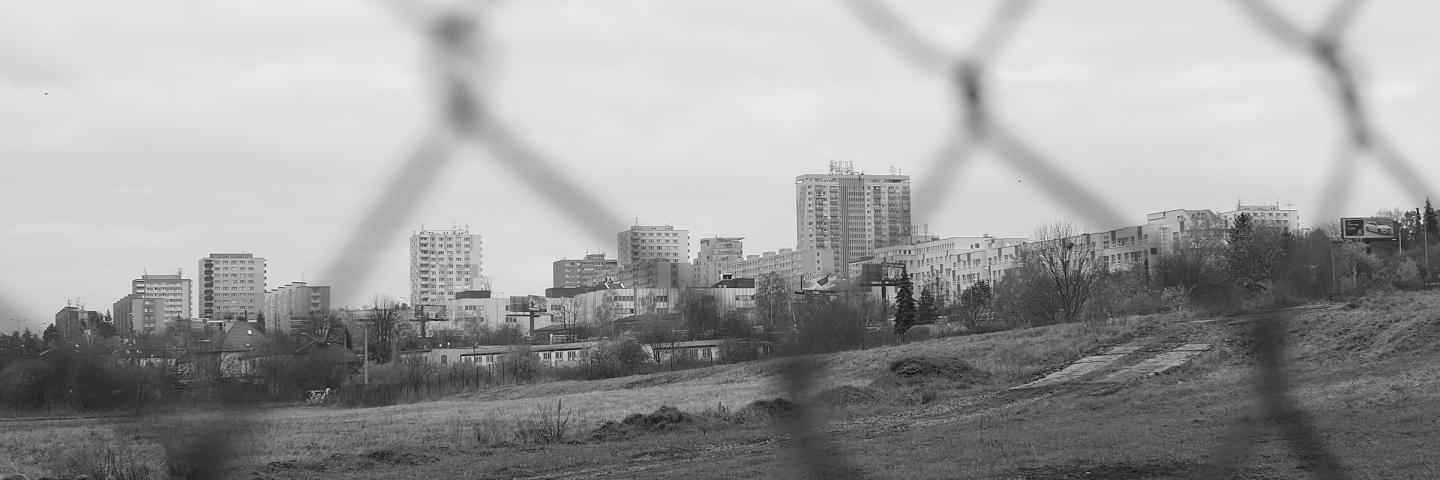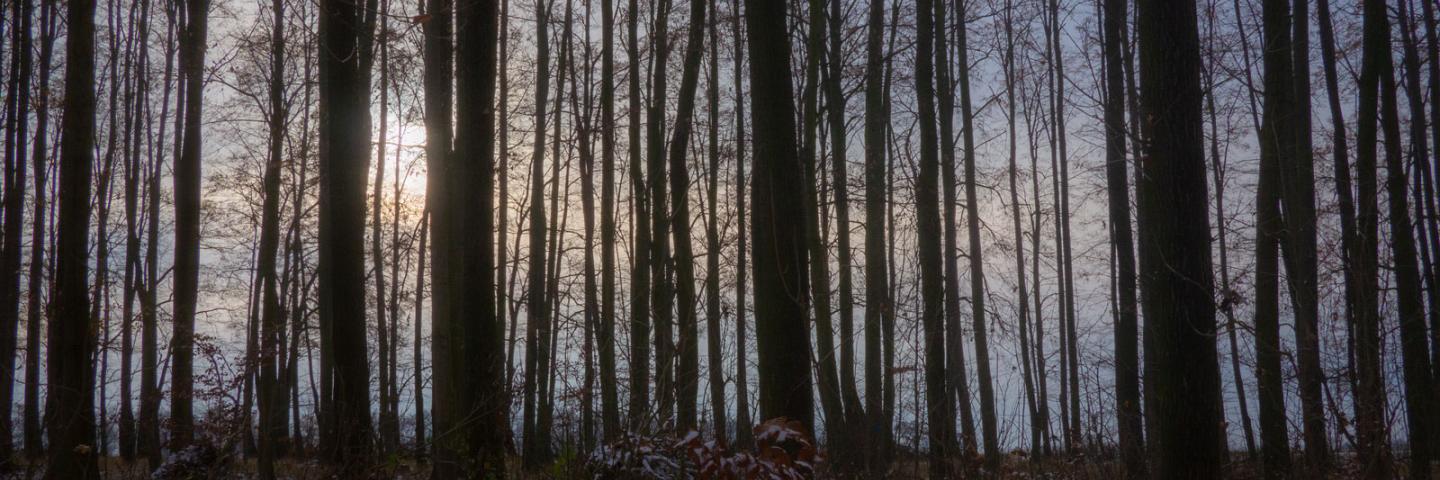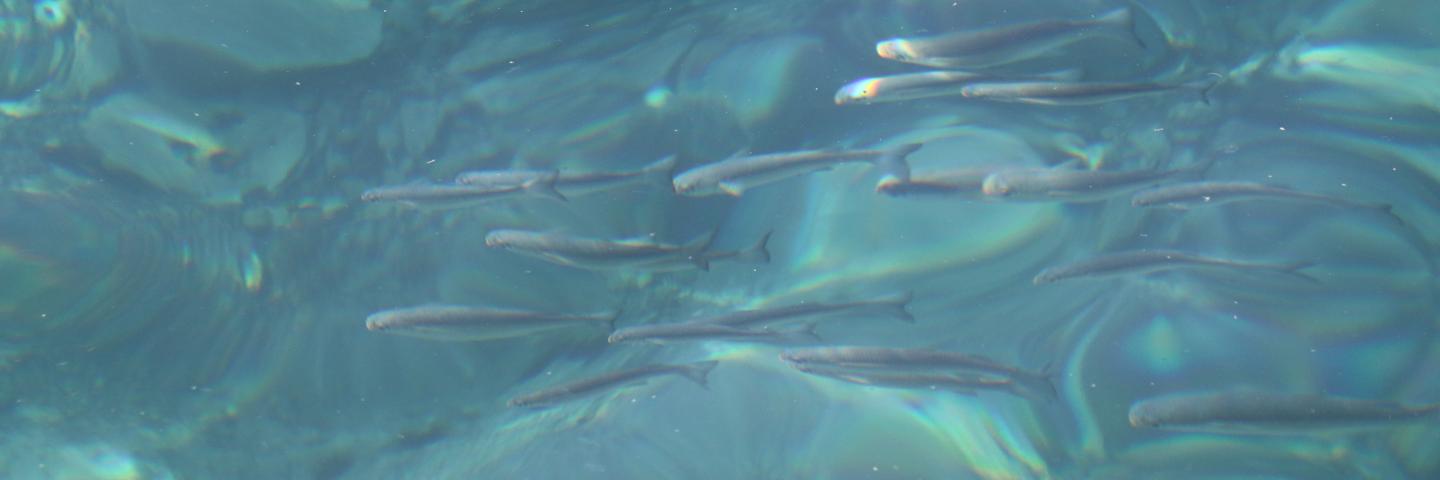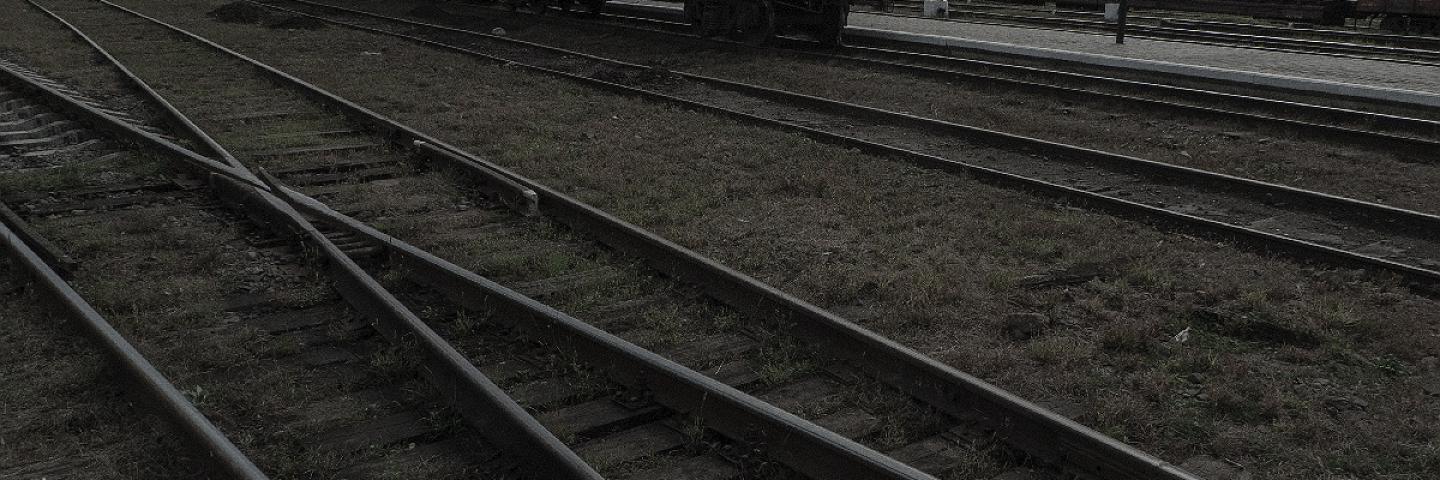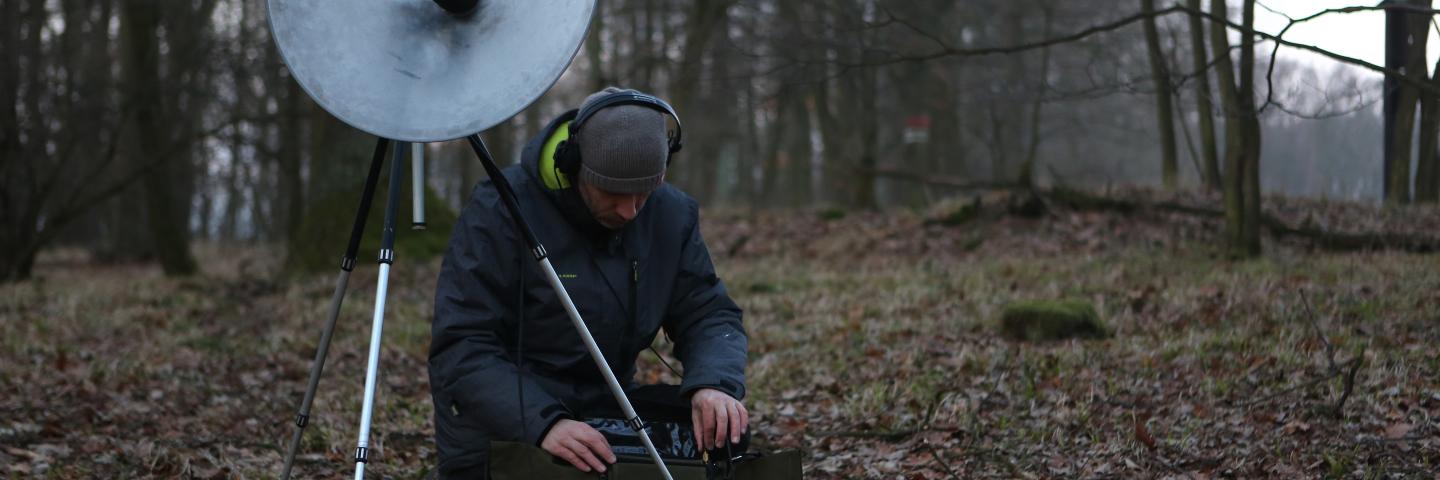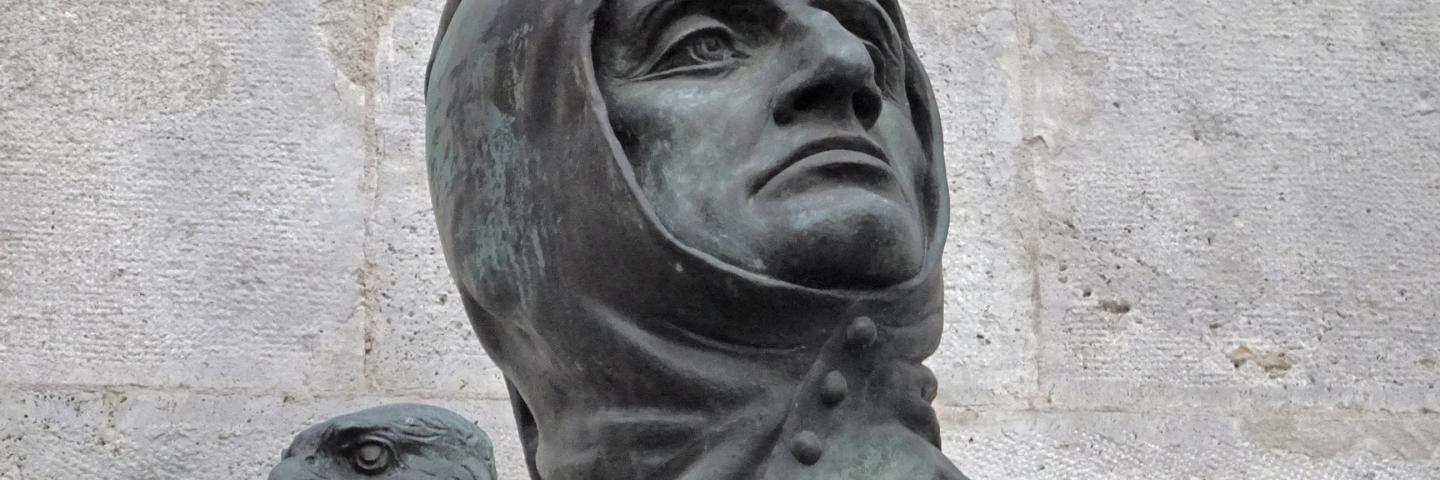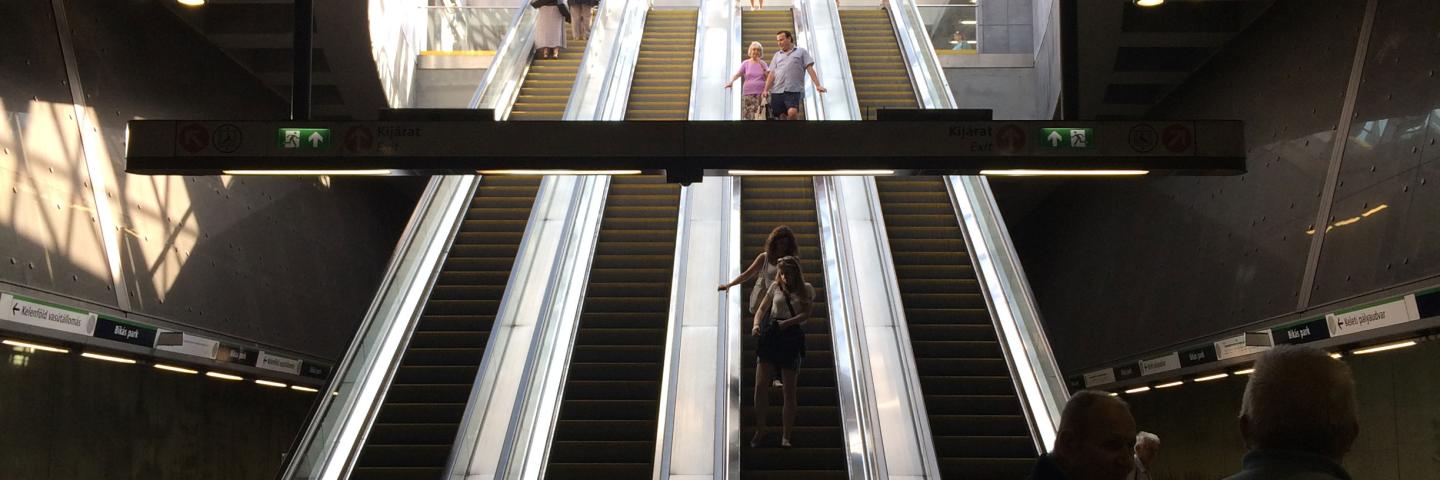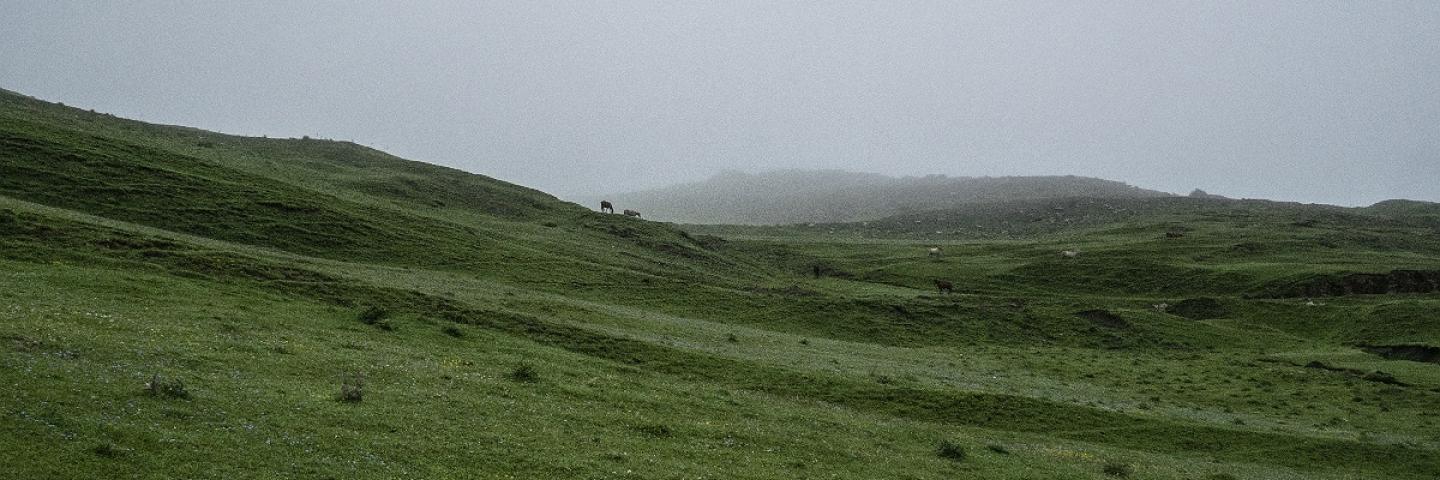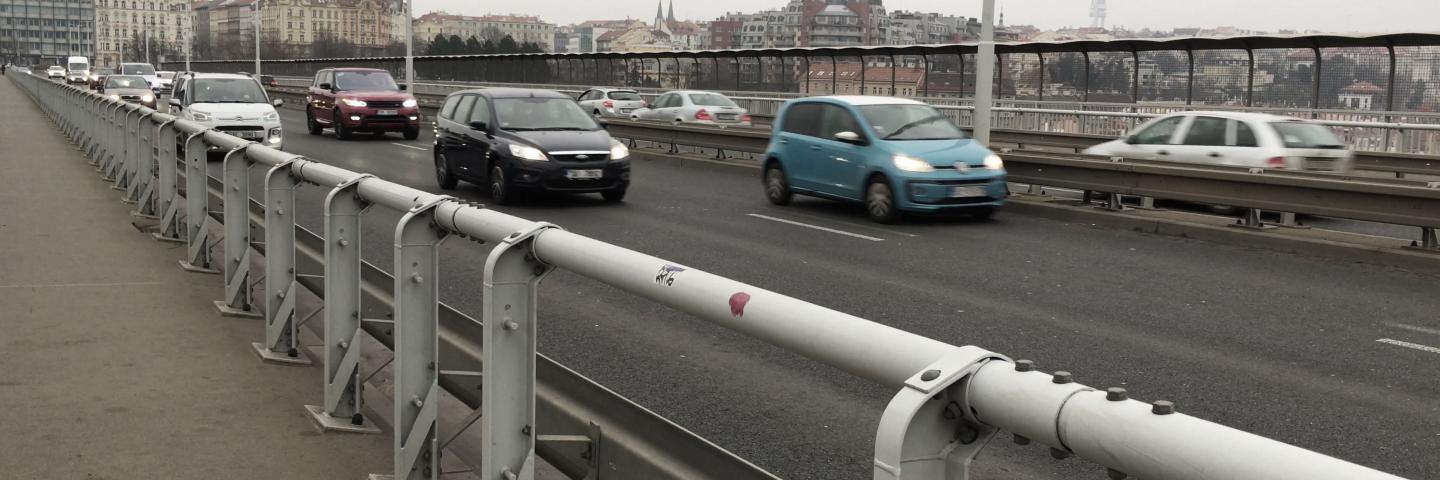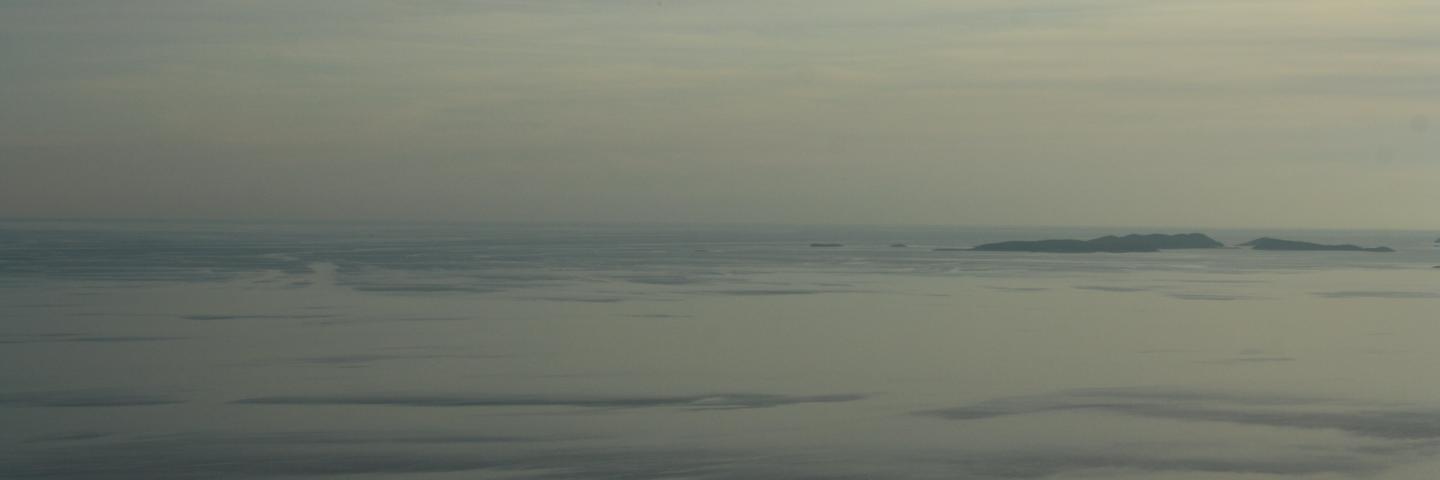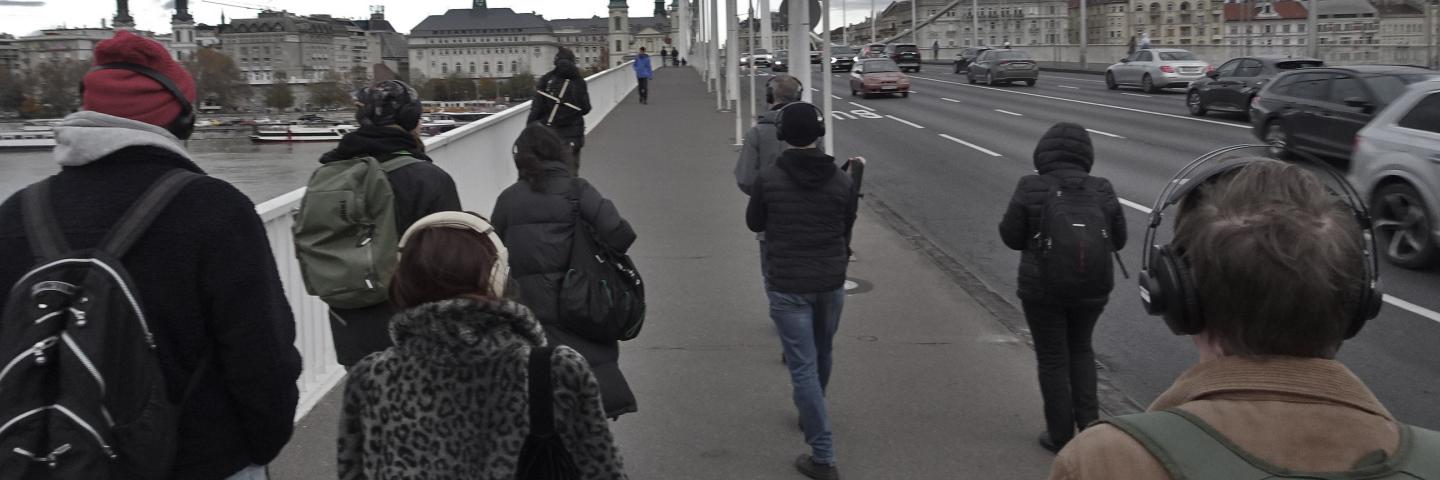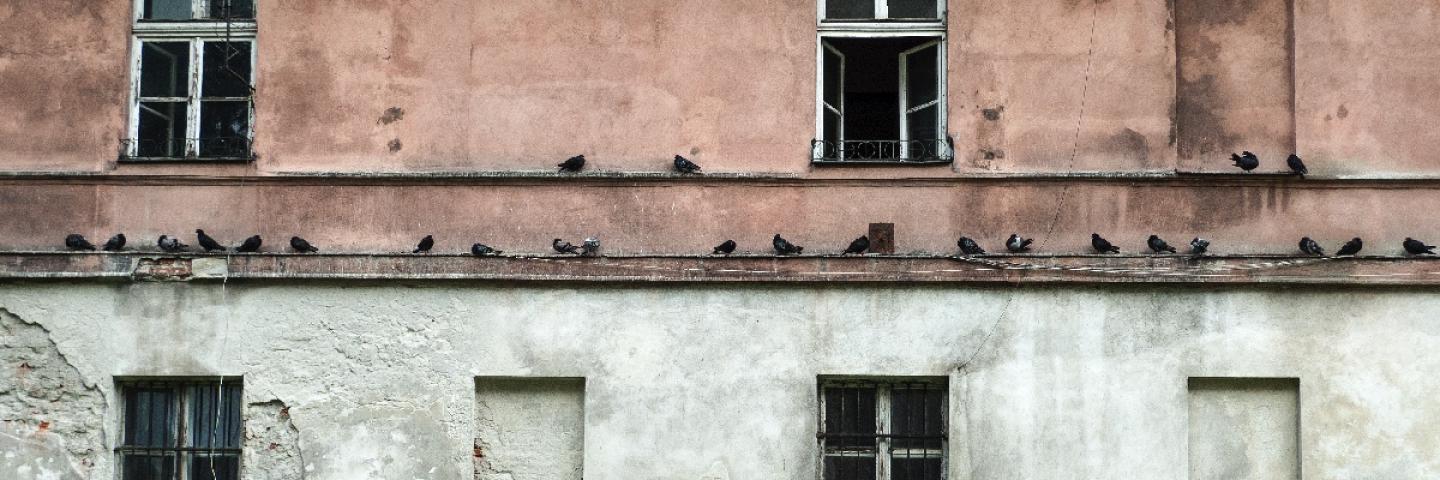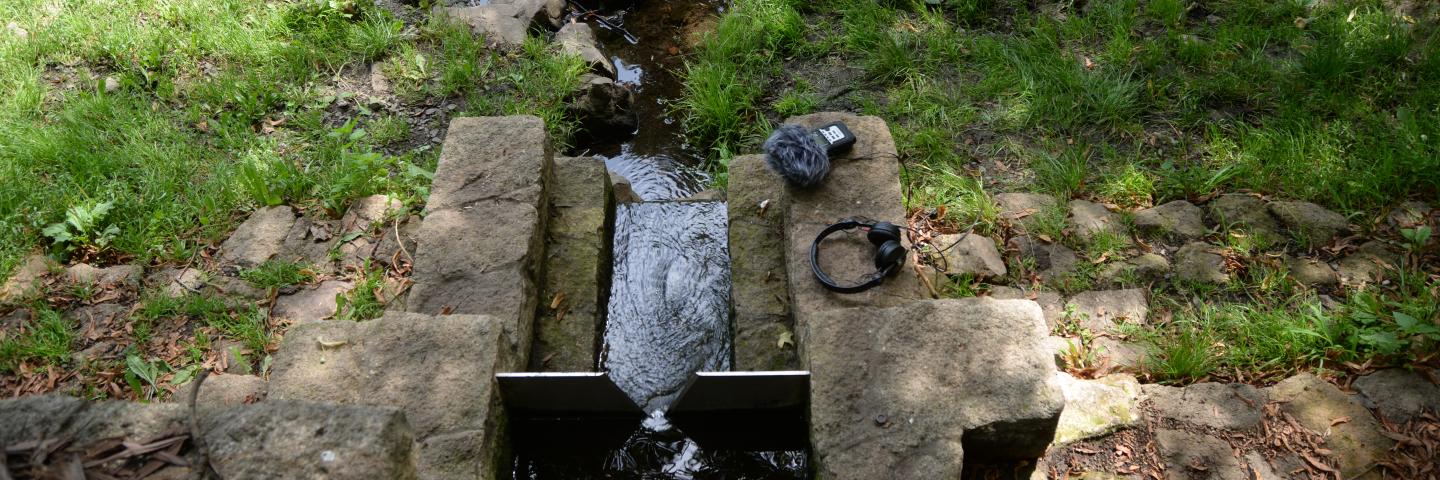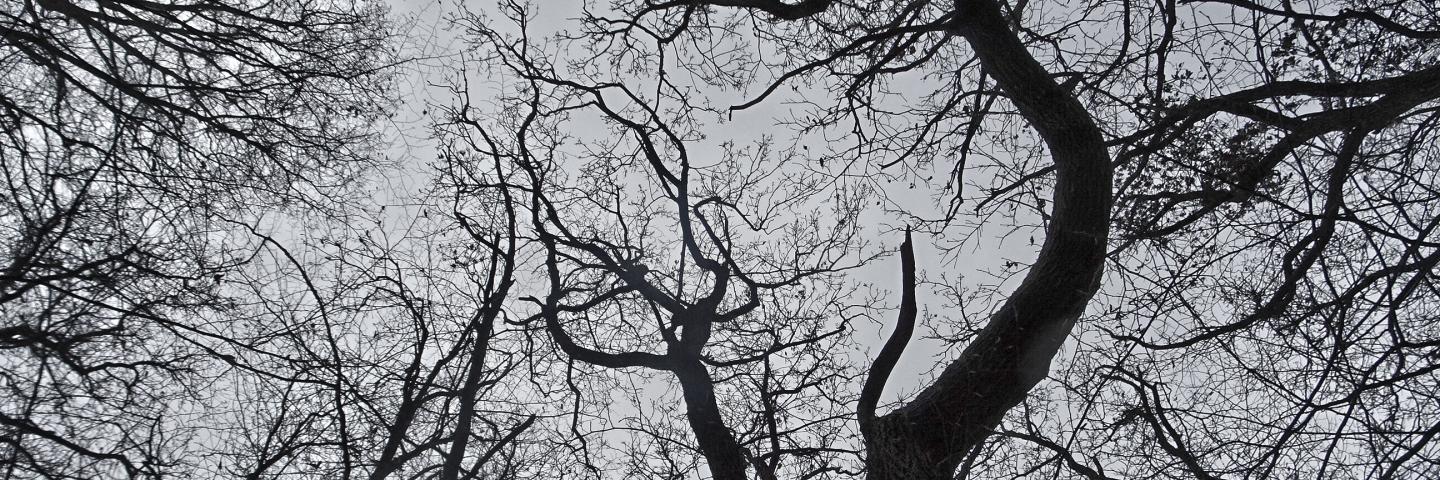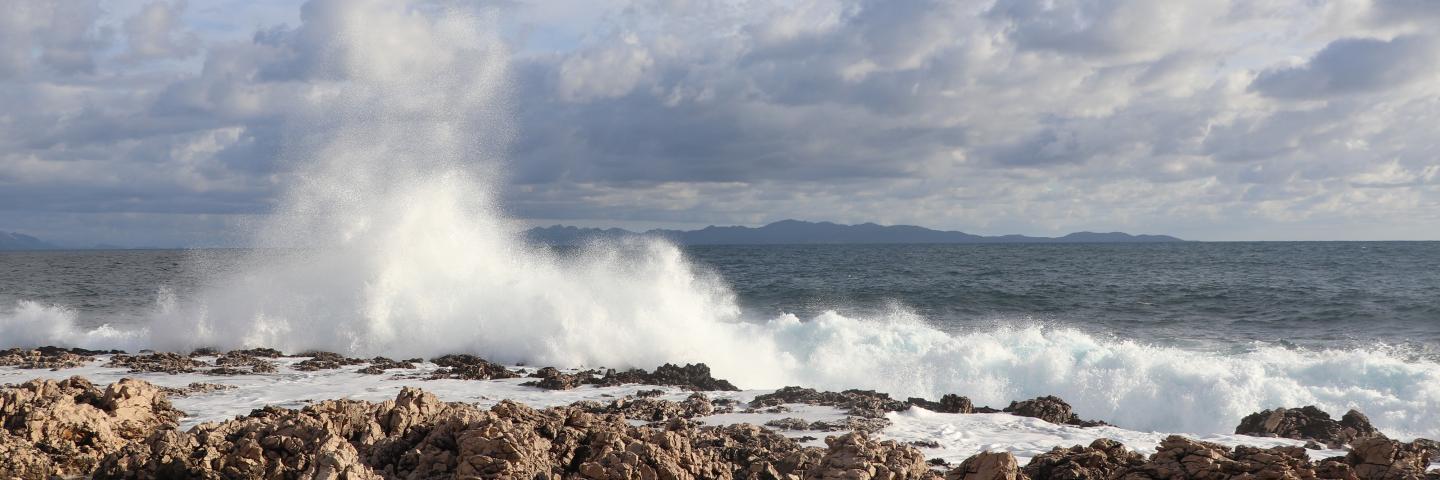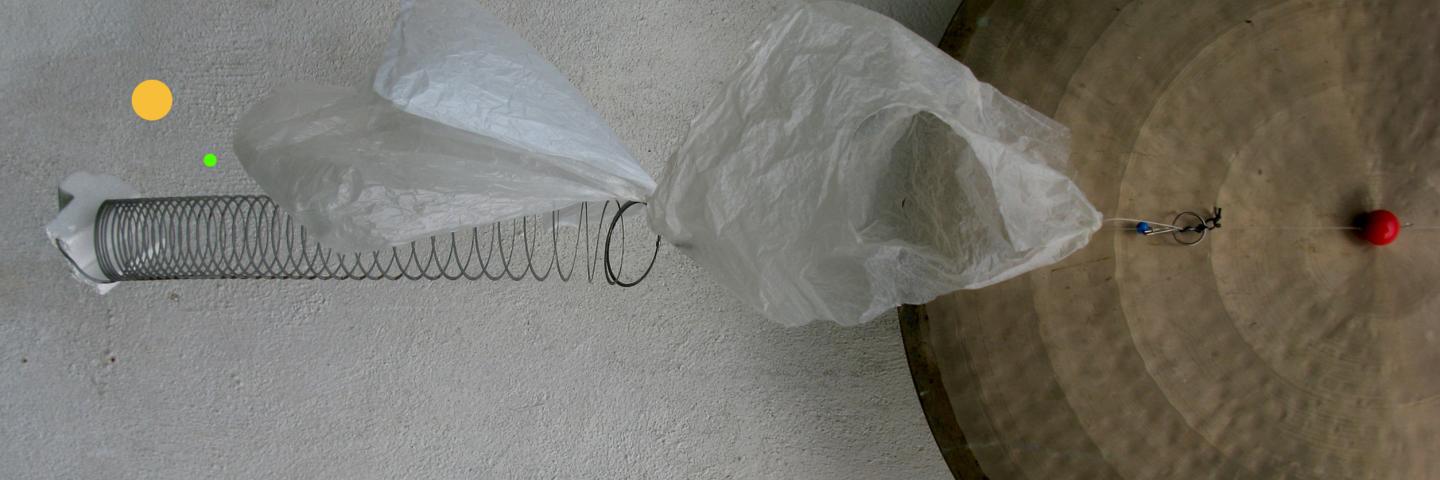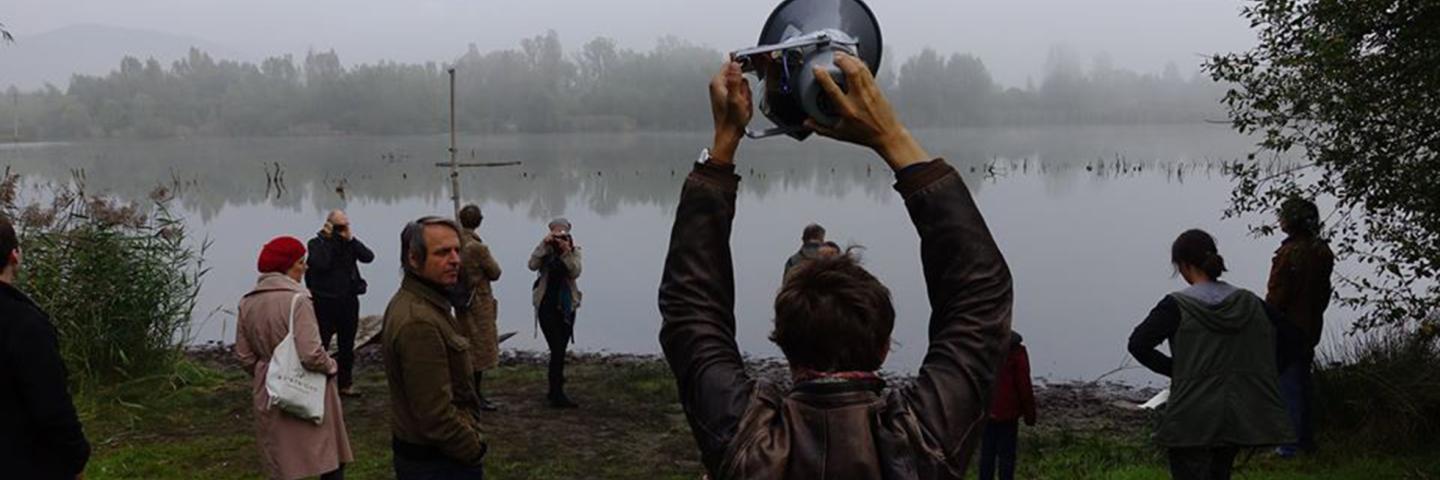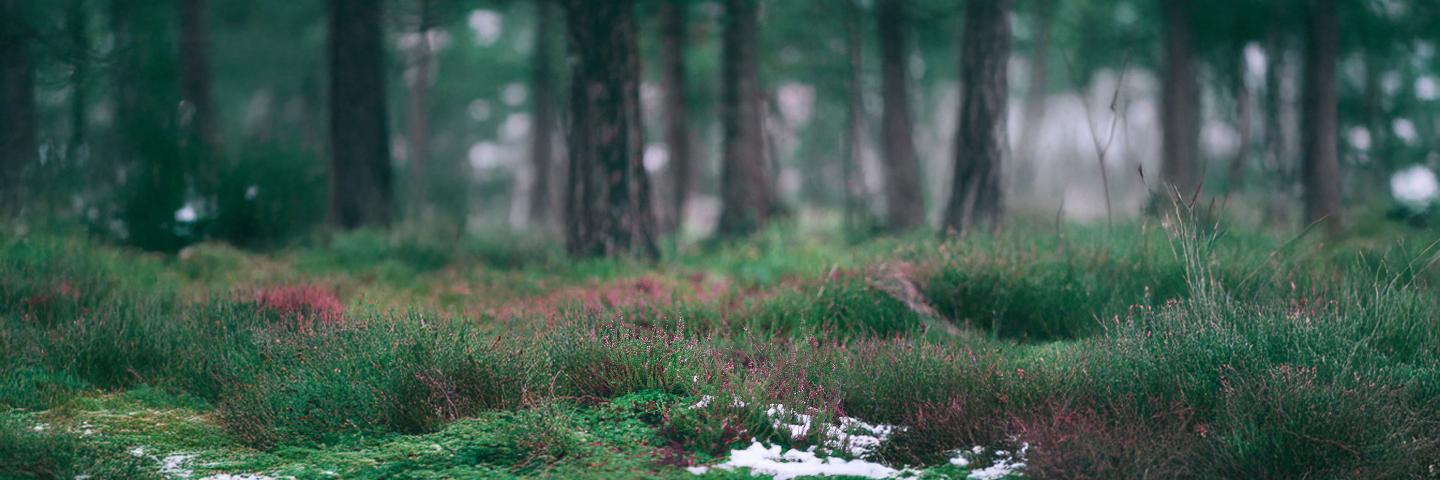Points of reference
Current environmentally concerned sound art and science is in a similar situation that was resolved within the field of visual arts in the beginning of the 1990s. Since then the work of environmentally oriented artists was more or less recognised as a distinct movement in its own right. This open list is an attempt to bring together some names of people, initiatives and institutions approaching and thinking about sound in such a way that it resonates within the general critical environmental agenda of today. Not necessary it collides with musicians using field recordings as a material for their music composition, sound work, sound installations, radiophony etc. As well, the profession of artist or scientist is necessarily not conditional.
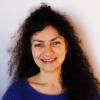
Lorella Abenavoli is a sculptor and audio artist. She has been living and working in Montreal for seven years, since she moved from France to do a PhD at the Université du Québec to Montreal. She developped her research toward the sound medium working it into audio installations.

Peter Ablinger (born in Austria, 1959 Schwanenstadt. 2025) was an Austrian composer and sound artist. He fstudied graphic arts and became enthused by free jazz. Then he completed his studies in composition with Gösta Neuwirth and Roman Haubenstock-Ramati in Graz and Vienna.
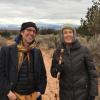
David Abram – (born June 24, 1957) cultural ecologist, geophilosopher, and performance artist – is the author of Becoming Animal: An Earthly Cosmology (Pantheon, 2010), and The Spell of the Sensuous: Perception and Language in a More-than-Human World (Vintage, 1997).
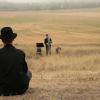
John Luther Adams composes music which evokes the landscape and ecology of his Alaskan home, stemming from his conviction that “music can contribute to the awakening of our ecological understanding.
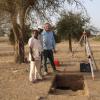
Paul Adderley is academic at the University of Stirling and this follows a prestigious RCUK Academic Fellowship; lectures on topics surrounding soil-science, landscape management and environmental risk. He works as a geoarchaeologist with interests in both environmental history and pre-history.
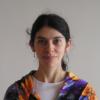
Ximena Alarcón is a sound artist and academic researcher interested in listening to in-between sonic spaces and how they are manifested in dreams, underground public transport and the migratory context.
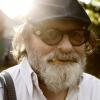
Peter Androsch (born 1963 in Wels the Upper Austria) is internationally active as a musician, composer, researcher, writer, and lecturer. After his education both at university at work, and through extensive tours through Europe, Africa, and the USA, he has dedicated himself to compositions form musical theatre and chamber music.
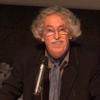
Jean-François Augoyard is senior researcher at CNRS in France. After studying philosophy (research on Giordano Bruno), aesthetics and musicology (Conservatoire National of Lyon and Gregorian Institute), he started teaching in the French national education system.
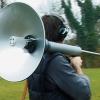
Mark Bain (born in 1966) is an American contemporary sound and installation artist, living in Holland. His work focuses on the investigation of vibrational mechanics at the threshold between sound, science and architecture, often through the means of site-specific installations.
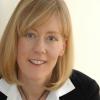
Karen Bakker studies the implications of digital innovation for governance and sustainability. Her current research project is situated at the confluence of two transformational trends: digitization and global environmental change.
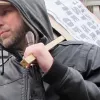
Disinformation project by Joe Banks emerged in London in the mid 1990s, exploring electromagnetic (radio) noise radiated by live mains electricity, lightning, magnetic storms, highvoltage plasma discharges, industrial, IT and laboratory hardware, railway and metro systems, and the sun.

Jesse Barber is a Professor in the Department of Biology at Boise State University where he leads the Sensory Ecology Lab. His group integrates research and conservation practice on sensory ecology and sensory pollution with a robust public engagement program to protect biodiversity and advance ecological theory.
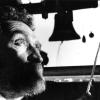
Llorenç Barber (Valencia, 1948) is one of the mavericks of Spanish music. Departing from a passionate interest in John Cage - and particularly in ZAJ group (a sort of Spanish zen/ Dada collective) he has developed a unique musical language since his early minimalist-inspired compositions.
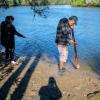
Leah Barclay is a composer and sound artist whose work reflects her belief that “[e]lectro-acoustic music, with the use of natural sounds exposing the state of the world, could be an unprecedented tool in artists taking action in ecological crisis.” Her works are underpinned by her ‘Sonic Ecologies Framework’, a methodology which involves

Mirna Belina s one of the senior curators at Sonic Acts, mostly involved with discourse and film programming, and editor-in-chief of Sonic Acts Press.
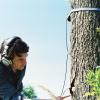
Justin Bennett (born 1964 in UK, based in The Hague) works with sound and image. Trained in sculpture and electronic music, he uses drawing, video, sculpture, and a diverse array of sound forms in his research. One recurrent theme is our experience of architecture, urban development, and the (un)built space.
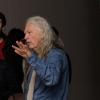
James Benning, born in 1942 in Milwaukee, USA, began working as an independent filmmaker in 1972, even before studying film at the University of Wisconsin. From 1977 to 1980 he taught at the universities of California and Oklahoma, then moved to New York to continue his work as an independent filmmaker.
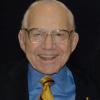
Leo Leroy Beranek (born 1914 in Solon, Iowa, died 2016, in Westwood, Massachusetts) was an acoustics expert and a founder of the company Bolt, Beranek and Newman. His ancestors came from West Bohemia. Edward's Baranek (Leo's father paternal grandparents) Josef Beránek and Anna Šimandlová were from Nynice and Jarov respectively.
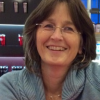
Karin Bijsterveld's current research focuses on topics at the crossroads of Science and Technology Studies and Sound Studies.
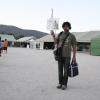
Binaural Nodar is a contemporary cultural project operating since 2004 in the Portuguese region of Viseu Dão Lafões in the areas of soundscapes, sound and media arts, audiovisual ethnographic documentation, sound education, radio art and publications.
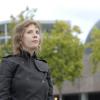
Dinah Bird is a sound and radio artist living and working in Paris. Her practice question the notion of diffusion, transmission and memory and is highly responsive to place. Her work includes broadcasts, soundworks, installations and audio publications that are often inspired by early communication technologies and archives.

Elena Biserna is an independent scholar and occasional curator based in Marseille, France. Her interests are focused on listening and on contextual, time-based art practices in relationship with urban dynamics, socio-cultural processes, the public and political sphere.
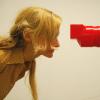
Ally Bisshop is a Berlin-based artist, writer and researcher, originally from Meanjin (Brisbane), Australia.
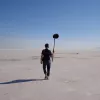
Félix Blume (France, 1984) is a sound artist and sound engineer. He currently works and lives between Mexico, Brazil and France.
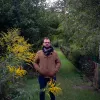
Maximiliano Bober (b. 1988 in Comodoro Rivadavia, Argentina) is a composer, improviser, writer, and translator.
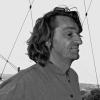
Andres Bosshard (born in Zurich in 1955) is an internationally recognised expert in his field. He playfully designs towers, islands, gardens and skies of sound in the public space; Bosshard was in 1993 one of the co-founders of the World Forum for Acoustic Ecology.
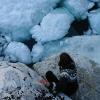
Eliza Bozek aka moltamole is a Copenhagen based artist with a background in electronic music and performing arts - oriented sound design, working within the field of composition, installation, dance, theatre and digital art.
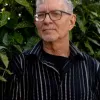
Steve Bradley an inter-media and trans-disciplinary artist whose primary practice maps and traces our relationship to place through ambient sound recordings, landscape photography and documented stories juxtaposed with artifacts discarded or lost in the landscape.
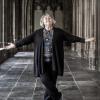
Rosi Braidotti is a contemporary philosopher and feminist theoretician.
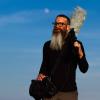
Alex Braidwood is a sound artist, media designer, and educator who maintains a practice exploring issues of sustainability at the intersection of art and science. He has exhibited art, led workshops, lectured on his work, and performed live at a variety of events and venues throughout the US, Europe, Asia, and Australia.
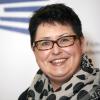
Sabine Breitsameter is a professor of media culture at the Darmstadt University of Applied Sciences. Her focus is on electro-acoustic art, media history and the culture of listening.
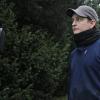
James Bulley (b.1984) is an artist and composer whose work explores sound, space and the more-than-human world.
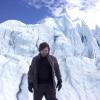
Matthew Burtner is an Alaskan-born composer and sound artist specializing in concert music, environmental sound art and interactive media. His work explores ecology, embodiment, and extended polymetric and noise-based systems.
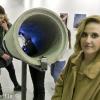
Roberta Busechian (1990) is a sound artist, curator, researcher, lecturer of sound art theory, practice and sonic activism. She is a guest lecturer at IUAV University of Venice, was a lecturer at Accademia di Belle Arti di Brera (Master Sound Art for creative industries) at electronic music academy recreative12.
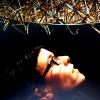
Nerea Calvillo explores the material, technological, political, and social dimensions of environmental pollution, at the intersections between architecture, feminist studies of technoscience, new materialisms and urban ecological policies.

Angus Carlyle is a British researcher and teacher, working with other sound artists in the CRiSAP Research Centre. He teaches at the University of the Arts London where he was the Co-Director of CRiSAP (Creative Research into Sound Arts Practice) from 2005 - 2017.
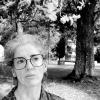
Susana Jiménez Carmona is a researcher and sound artist. With a degree in philosophy and a PhD in human sciences and culture, she teaches in the master’s degree in sound art at the University of Barcelona.
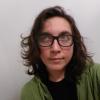
Kate Carr’s practice explores the textures and technologies of field recording using movement, objects and experimental recording techniques. She creates intimate, delicate and hybrid soundworlds which centre the interactions and collectivity which generate soundscapes. She works across composition, performance and installation.
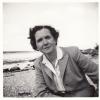
Rachel Louise Carson (May 27, 1907 – April 14, 1964) was an American marine biologist, writer, and conservationist whose influential book Silent Spring (1962) and other writings are credited with advancing the global environmental movement. Carson began her career as an aquatic biologist in the U.S.

Eric la Casa while listening to the environment, has been questioning the perception of reality and has tried to expand the notion of infra-ordinary, this space-time at low intensity, from background noise to the inaudible passing by the wait.
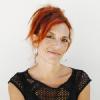
Raquel Castro (born in Viseu, 1976) is sound artist, curator and filmmaker, currently lives and works in Lisbon. In 2003, a video project about oral memory made her travel around Portugal and live in several regions of the country, collecting voices, images, sounds and children's drawings.
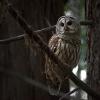
K. Lisa Yang Center for Conservation Bioacoustics at Cornell University conducts a broad range of terrestrial, aquatic, and marine bioacoustic research, often at large geographic scales. Many of their projects are applied, featuring a strong focus on the conservation of endangered species.
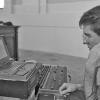
Christophe Charles (born Marseille, 1964), is a composer, lives in Japan. He works with found sounds, and makes compositions with computer programs, insisting on the autonomy of each sound and the absence of hierarchical structure. Graduated from Tsukuba University (Phd., 1996) and Paris INALCO (Phd., 1997).
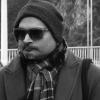
Budhaditya Chattopadhyay (born in Birbhum, India) is a media artist, researcher, and writer. He studied Cinema specializing in Audiography at national film-school SRFTI in Calcutta (2003-2006), and later received Master of Arts in New Media with an emphasis in Sound Art from Aarhus University, Denmark (2007-2009).
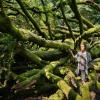
David Chesworth works across sound art, experimental music, video and installation practice, examining the diverse ways we sense the world and how our understandings align through art, philosophy and the non-human. Chesworth's parents moved the family from Britain to Melbourne, Australia in the late 1960s.
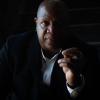
Louis Chude-Sokei is Professor of English, George and Joyce Wein Chair in African American Studies, and Director of the African American Studies Program at Boston University.
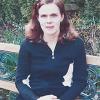
Constance Classen is a cultural historian specializing in the History of the Senses.
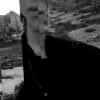
Caroline Claus is a Brussels-based urban (sound) researcher. Her work concentrates on the position of (sonic) vibrations in a context of urban development.
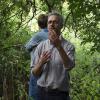
Marcus Coates (1968 in London) devises processes to explore the pragmatism and insight that empathetic perspectives and imagined realities can offer. He explicitly addresses a need to create functional and inclusive languages where conventional strategies of understanding and rationalisation prove inadequate.

Marcel Cobussen studied jazz piano at the Conservatory of Rotterdam and Art and Cultural Studies at Erasmus University, Rotterdam (the Netherlands). He currently teaches Music Philosophy and Auditory Culture at Leiden University (the Netherlands) and the Orpheus Institute in Ghent (Belgium). Cobussen is author of the book Thresholds.
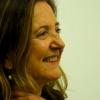
Beatriz Colomina is an architectural historian and theorist who has written extensively on questions of architecture, art, technology, sexuality and media. She is Founding Director of the interdisciplinary Media and Modernity Program at Princeton University and Professor and Director of Graduate Studies in the School of Architecture.
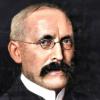
Hugo Wilhelm Conwentz (1855, Sankt Albrecht near Danzig – 1922) was a German botanist and one of the founders of the natural protection concept. He was as well known for his paleobotany studies of Baltic amber. Conwentz studied in Wrocław and Göttingen.
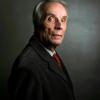
Alain Corbin (1936) is a French historian and a specialist of the 19th century in France and in microhistory. Trained in the Annales School, Corbin's work has moved away from the large-scale collective structures studied by Fernand Braudel towards a history of sensibilities which is closer to Lucien Febvre's history of mentalités.
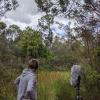
Madelynne Cornish is an audio-visual artist and curator based in Bogong Village, Australia. Her works explore the effects of climate on natural and built environments, and the social dynamics informing remote communities.
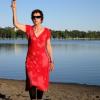
Viv Corringham is a British vocalist and sound artist, active since the late 1970s. Her work includes concerts, soundwalks, radio works and multi-channel installations. She is interested in exploring people's sense of place and the link with personal history and memory.
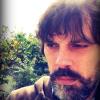
Rui Costa is a sound artist from Lisbon, Portugal. He has been performing live since 1999. He is a founding member and artistic director of Binaural an organization dedicated to the promotion of sound and media arts, in particular its articulation with local contexts.
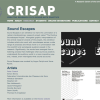
CRiSAP is a research centre of the University of the Arts London, London College of Communication, dedicated to the exploration of the rich complexities of sound as an artistic practice.
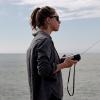
Florencia Curci (Buenos Aires, 1986) is an artist, composer, and curator. Her practice unfolds between sound art, experimental radio, and territorial research, exploring the political potential of listening and transmission technologies.
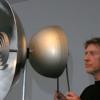
Phil Dadson (born 1946 Napier, New Zealand) is a seminal figure in New Zealand’s art history, both for pushing the boundaries of sound and intermedia art since the 70s and for his influence on a generation of now leading mid-career artists.
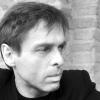
Roberto Paci Dalò is a composer and musician, film maker, theatre director, visual and sound artist, author and radiomaker.

Yannick Dauby (born 1974, France) is sound artist, field recordist, sound designer/mixer for film, audio documentary maker and electroacoustic music composer based in Taiwan. His works are inspired by ethnography, amphibian conservation, stories from the forests & mountains and marine biology.
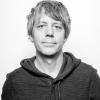
Ramon De Marco (born 1975) studied Audio Design at the Basel University of Music from 1995 to 2000. Afterwards he was in charge of the development of the Sound Design Studio at SRF Virus (Swiss National Radio).
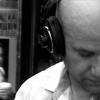
Christopher David DeLaurenti is an American sound artist, improvisor, and phonographer. His sound work encompasses field recordings, electroacoustic and acousmatic music, text-sound scores, free-improvised low-tech electronics, and compositions for acoustic instruments.
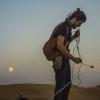
Gil Delindro (1989, Porto) is a sound & visual artist with recognition for its site-specific research, namely on worldwide challenging landscapes, isolated communities, and extreme geological and weather patterns.
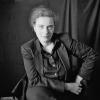
Ricarda Denzer (born in 1967 in Bregenz, Austria) is an artist, researcher, and has been a lecturer in the field of transdisciplinary, process-oriented art at the University of Applied Arts Vienna since 2013.
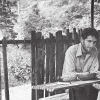
Dr. Philippe Descola (1949) is a French anthropologist noted for studies of the Achuar, one of several Jivaroan peoples, and for his contributions to anthropological theory. He specializes in the relations that human societies establish with nature. His ethnographic work in Ecuador revolutionized anthropological research in Amazonia.
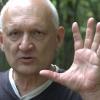
Georg Dietzler (1958, in Burgbrohl, Germany) is a cultural-political engaged artist - curator. He has studied Fine Arts, Philosophy, Pedagogy and Ethnology.
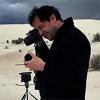
Adam Diller is a filmmaker and composer living in Brooklyn, NY. His work uses video, multimedia installation, and sound to explore aesthetic information embedded within our environment. His film and media works challenge our understandings of the ecologies, cultures, and media within which we live.

Teresa Dillon is a curator, researcher and a self-taught artist based in Berlin. Originally trained as a social and educational psychologist.
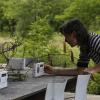
Kate Donovan is a practicing radio artist, facilitator and researcher based in Berlin. Her artistic practice deals with radio in an elemental sense, in terms of frequency, transmission and interconnectedness (but also disruption and interference).
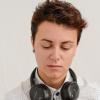
Milena Droumeva is an Assistant Professor of Communication at Simon Fraser University specializing in mobile technologies, sound studies and multimodal ethnography, with a long-standing interest in game cultures.
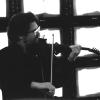
David Dunn creates ‘environmental performance works’ which investigate, and often become a functioning part of, living environmental systems.

Marcin Dymiter moves in the field of electronic music, field recording and improvised music. He creates sound installations, radio plays, film music, theater performances, exhibitions and public spaces. He is the author of the Field Notes project, sound maps and music educational cycle Tracklist.
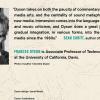
Frances Dyson is a writer, media artist and associate professor in Techno-Cultural Studies at the University of California at Davis. She is the author of The Tone of Our Times: Sound, Sense, Economy and Ecology (MIT Press, 2014).
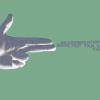
Earshot is the worlds’ first not-for-profit organisation producing audio investigations for human rights and environmental advocacy.
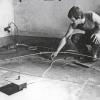
Max Eastley (born 1944) is a British kinetic sculptor, musician and composer. Has worked across a variety of genres including: improvised and experimental music; folk music; popular song; jazz; compositions using environmental recordings as well as musical resources. He has also composed music for film and dance.
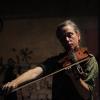
Julia Eckhardt is a musician and organiser in the field of the sonic arts. She is a founding member and artistic co-director of Q-O2 workspace in Brussels, for which she conceptualized various thematic research projects.
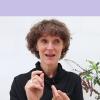
Alice Eldridge’s background in music, psychology, evolutionary and adaptive systems and informatics underpins creative and empirical interdisciplinary research in sonic (complex) systems at the interstices of music, technology and ecology.
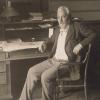
Sigmund Exner (1846 - 1926) is known for his work in comparative physiology and his studies of perception psychology from a physiological standpoint. He conducted important research on the localization of behavioral functionality in the brain, in particular studies on the functional architecture of the visual cortex.

Prof. Almo Farina is an Italian naturalist and Professor of Ecology in the Department of Pure and Applied Sciences, Urbino University. He has dedicated the last years to elaborate new theories in landscape ecology, soundscape ecology and ecoacoustics.
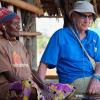
Steven Feld (born 1949) is an American anthropologist, filmmaker, musician, and sound artist, Distinguished Professor of Anthropology Emeritus at the University of New Mexico and Senior Scholar at the School for Advanced Research in Santa Fe, New Mexico.
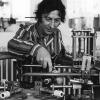
Luc Ferrari (February 5, 1929 – August 22, 2005) was a French composer and filmmaker of Italian origin. Born in Paris studied the piano under Alfred Cortot, musical analysis under Olivier Messiaen and composition under Arthur Honegger. His first works were freely atonal.
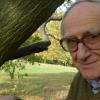
Photo credit: Henrik-G.Dahle

Harvey Fletcher (1884 — 1981) was U.S. physicist, a leading authority in the fields of psychoacoustics and acoustical engineering. Fletcher graduated from Brigham Young University in Provo, Utah, in 1907 and received a Ph.D. in physics from the University of Chicago in 1911.
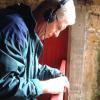
Bill Fontana (Born in Cleveland in 1947, based in San Francisco), began his career as a composer and, over more than forty years, his oeuvre has unearthed the delicacies of the hidden music surrounding us in our daily lives, drawing our attention to it in striking ways.
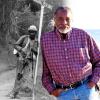
Writer, environmental activist John Francis was born in Philadelphia, Pennsylvania in 1946. He grew up in the city with his brother Dwayne and often spent summers at his aunt and uncle's farm in Virginia, helping them work the land and grow their own food. Francis moved to Marin County, California in the 1960s.

Patrik Franke is a freelance ornithologist, sound & recording artist. started with his first sound recording and soundscape composition studies and experiments at the end of the nineties. From 2002 through 2008, studied Media Art in Leipzig, Germany and turned more and more to wildlife sound recording as his prior discipline.
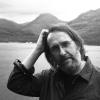
Jez riley French (born 1965). Using intuitive composition, field recording, improvisation and photography, I have been exploring my enjoyment of and interest in detail, simplicity and an emotive response to places and situations since my early teens and as a full time artist for over 20 years.
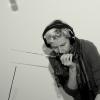
Anna Friz is media, sound and transmission artist, working across platforms to present installations, broadcasts, films and performances. Her creative and scholarly works often reflect upon media ecologies, land use, infrastructures, time perception, radio and transmission art histories, and critical fictions.
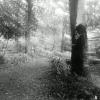
Helen Frosi is a holobiont whose art practice pivots around ecological thought, poetics, and the environmental, creative, social, and political enmeshment of sound, hearing and listening. She is an artist and curator who has found herself in many roles, inside and outside of the art world.
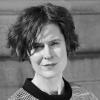
Jennifer Gabrys is Chair in Media, Culture and Environment in the Department of Sociology at the University of Cambridge. She leads the Planetary Praxis research group, and is Principal Investigator on the ERC-funded project, Smart Forests: Transforming Environments into Social-Political Technologies.
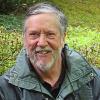
Stuart Gage (1941 - 2019) earned his PhD in Entomology at Michigan State University in 1974. He taught entomology and explored new models of ecoacoustics.
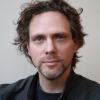
Raviv Ganchrow (born 1972) completed his architectural studies at The Cooper Union, New York and sonic studies at the Institute of Sonology, University of the Arts, The Hague. He researches interdependencies of sound, locale and hearing through installations, writing, and the development of transduction technologies.
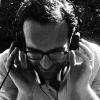
Jono Gilmurray is a writer, researcher and electroacoustic composer, currently conducting AHRC-funded PhD research into ecology and environmentalism in contemporary music and sound art, based at CRiSAP (Creative Research into Sound Arts Practice) at the University of the Arts London.
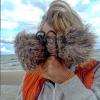
Gustaw Gliwiński ( Milanówek, Poland) is a composer, author of theatre and film music, art installations, and exhibitions. He works at the intersection of contemporary music, electronics, field recording, and soundscape studies. He implements the ideas of sound architecture and sound gardens.

Jonathan W. Y. Gray is Senior Lecturer (Associate Professor) in Critical Infrastructure Studies at the Department of Digital Humanities, King’s College London.
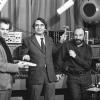
The GRM / Groupe de Recherches Musicales was an electro-acoustic music studio founded in 1951 by the musique concrète pioneer Pierre Schaeffer, composer Pierre Henry and the engineer Jacques Poullin and based at the RTF (Radiodiffusion-Télévision Française) buildings in Paris.
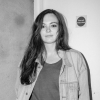
Hanna Grześkiewicz is a curator, artist, and researcher working with sound and words. Her practice is centred on the relationship of art with social movements, listening, and sonic fictions.
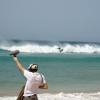
Eckehard Güther (born 1978), studied musicology and audiocommunications at Technical University Berlin, predominantly at the electronic music studio, which became the starting point for many musical, technical and artistic journeys in different contexts.
